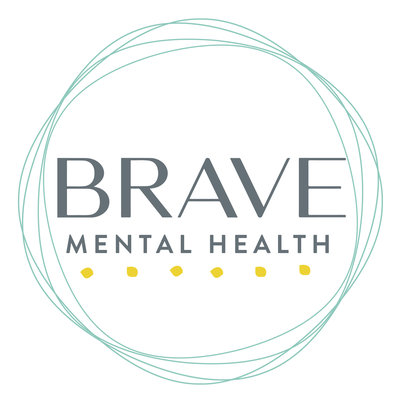
In these cases, having as many facts as possible can help them accept the diagnosis and decrease their anxiety. But when the patient has to deal with a long-term problem, they’re likely to have more questions and be more afraid.

Sometimes they find their fear is unfounded, and we can perform a simple procedure to fix the problem. Just having a clear view of the facts can be calming. Often they’re afraid, and learning about their condition can help them come to terms with what’s happened and what the next steps should be. When I have to deliver a less-than-positive diagnosis, my first priority is to answer patients’ questions. The practical strategy: Learn as much as you can Let’s take a look at two strategies I’ve used over the years to help my patients cope with bad news. It’s important for your health, though, to focus on learning in this difficult time, as well as to find a peaceful place deep inside to focus on and help you remain calm and balanced. There will be a period of shock and maybe even a period of anger. I know what it feels like to deliver and receive bad news. I’ve been in this position many times, both as a doctor and as a patient.

While it’s easy to read articles offering “tips for dealing with bad news,” when you get that news and you’re scared, all that advice can fly out of the brain pretty quickly. It’s almost inevitable that at some point you’ll have to deal with bad news or a scary diagnosis from a doctor. But it’s important to be open to learning during this time, too. Shock and anger are common and normal when receiving bad news.


 0 kommentar(er)
0 kommentar(er)
